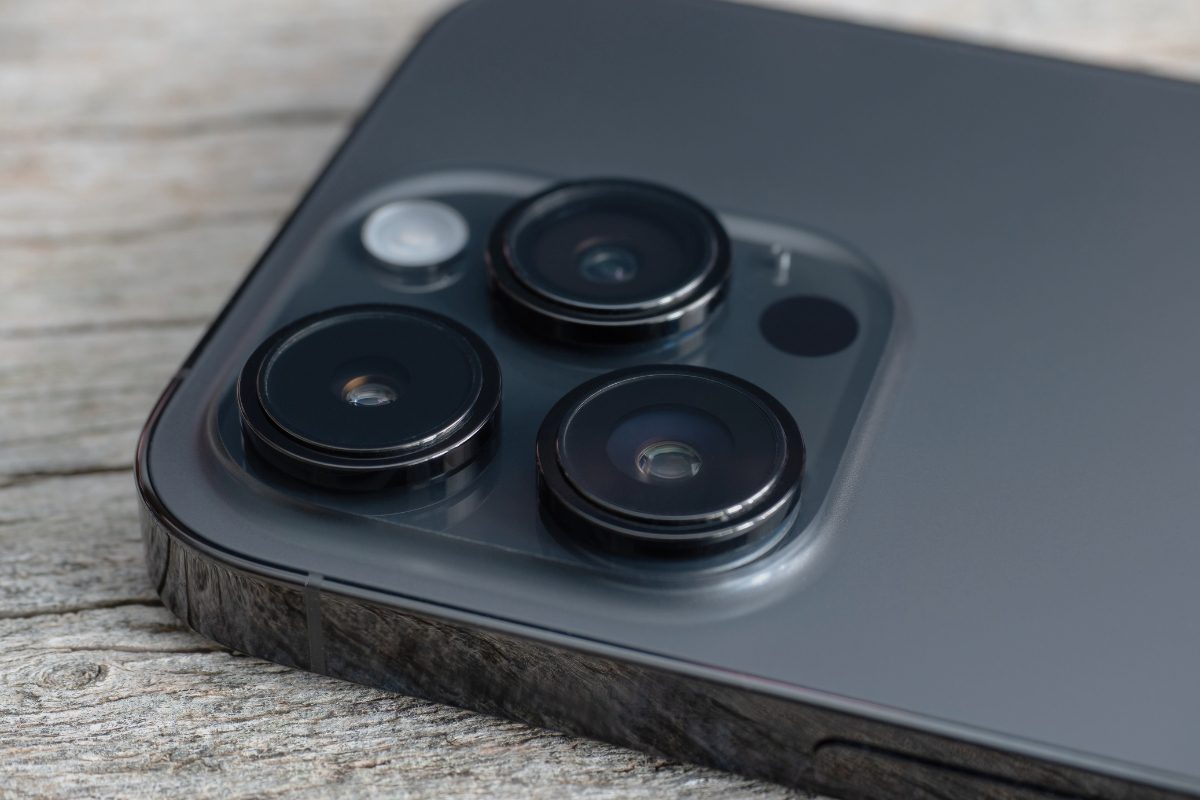Apple’s recent launch of the iPhone 16e at $599 marks a significant shift in the company’s pricing strategy, effectively eliminating the sub-$500 iPhone option from its direct retail lineup. This move represents a $170 price increase from the previous entry-level iPhone SE, priced at $429.
The iPhone 16e introduces substantial upgrades over its predecessor, featuring the advanced A18 processor, Apple Intelligence capabilities, and the new C1 modem for improved battery efficiency. However, this technological advancement comes at a premium that pushes Apple’s most affordable iPhone beyond the psychological $500 barrier.
Industry analyst Maurice Klaehne from Counterpoint Research suggests this pricing strategy may have minimal impact on U.S. consumers, where approximately 90% of iPhone purchases occur through carrier subsidies rather than direct Apple Store sales. Carriers continue to offer older iPhone models and promotional deals that make devices more accessible to budget-conscious consumers.
The global smartphone market is experiencing a “premiumization” trend, with consumers increasingly willing to invest in higher-end devices. This shift is particularly evident in the growing demand for phones with generative AI capabilities, with Counterpoint Research indicating that 59% of global consumers and 67% of U.S. consumers are interested in upgrading to AI-capable phones in 2025.
Despite the higher entry price, the iPhone 16e offers significant value compared to the iPhone 15, which starts at $699. The newer model includes the more powerful A18 processor and improved battery life, though it lacks some premium features like MagSafe charging and the Dynamic Island interface.
For budget-conscious consumers, alternatives still exist in the secondary market. Used iPhone 15 Pro models can be found for approximately $600 on reputable resale platforms, offering additional features and capabilities compared to the new iPhone 16e.
The strategic pricing move aligns with Apple’s broader focus on artificial intelligence integration. The inclusion of Apple Intelligence in the iPhone 16e suggests potential future revenue opportunities through subscription services, similar to Google’s model for advanced AI assistant features.
This pricing strategy reflects a broader industry trend toward premium devices, particularly as smartphones become increasingly central to daily life and artificial intelligence capabilities become standard features. While the absence of a sub-$500 iPhone may concern some consumers, the market appears to be adapting to higher price points for feature-rich devices.
News Source: https://www.wired.com/story/no-longer-an-iphone-under-500-does-it-matter/

